Have you ever seen this bug?
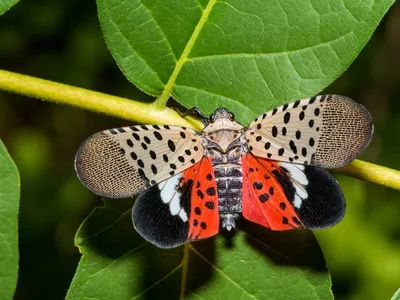 Image from Britannica.com
Image from Britannica.com
Unless you live in Southeastern Asia, you shouldn't have! While native to one part of the globe, this bug has recently appeared in the eastern part of North America. Even though it looks like a nice beetle in a red and white negligee, it is, in fact, an invasive species.
What is an invasive species?
An invasive species is a bug, an animal, or a plant that is non-native to the ecosystem. Their introduction could cause harm to the economy, environment, or human health.
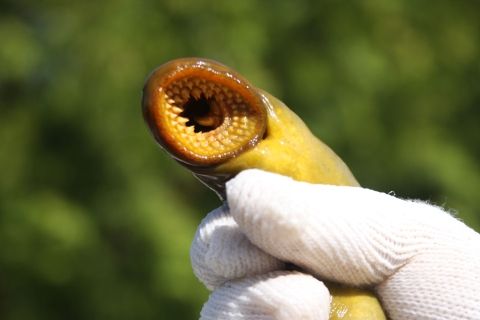 Image from U.S. Fish & Wildlife Service
Image from U.S. Fish & Wildlife Service
Where do they come from?
 Photo by Arpit Rastogi on Unsplash
Photo by Arpit Rastogi on UnsplashInvasive species appear primarily because of human activities but it's often entirely unintentional. Bugs, spores, or critters could hitch a ride when people or goods are transported around the world.
Plants could be trapped in a ship's ballast water.
Insects could lie in wait in firewood being moved.
Shipping pallets or crates could accidentally collect all sorts of organisms.
Sometimes, people encourage invasive species more directly.
Ornamental plants can become invasive if allowed to spread.
Exotic pets are sometimes released into the wild by careless owners.
However it arrives, once in a new environment, that species begins multiplying.
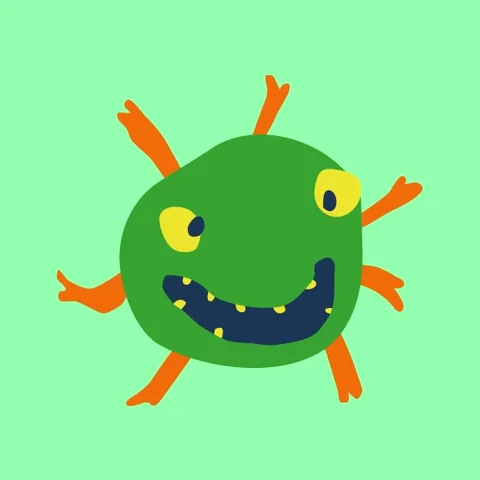
Quiz
What are examples of invasive species? Select all that apply:
Why is it important to identify them?
Invasive species don't have any natural predators or competitors so they get first dibs over food, water, light, and space. They can damage or contaminate crops.
They can cause wounds or new diseases.
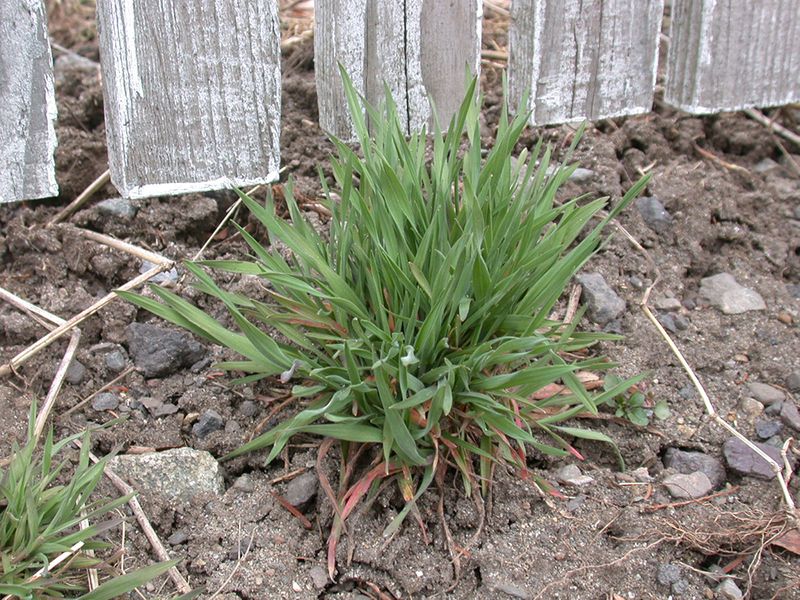 Photo from Sustainable Agriculture Research and Education
Photo from Sustainable Agriculture Research and Education
For example, Mediterranean downy brome in Western U.S. has caused wildfires to be more common and burn hotter.
 Photo by Joshua J. Cotten on Unsplash
Photo by Joshua J. Cotten on UnsplashNon-native Burmese pythons have severely reduced the mammal population in Florida.
Tips on Identifying Invasive Plants
First, know what plants should be growing in your area. That will make it easier to identify what shouldn't be there. Native Plant Finder can show you what plants ought to grow in your community.
The video below will help you know how to identify and describe plants:
Buying and growing locally grown plants is important! Any invasive plants you spot can be reported online at EDD Mapp.
Tips on Identifying invasive animals
Just like plants, it helps to know what should be in your ecosystem so you can spot invasive species that shouldn't be there.
Most common sources
People sometimes abandon pets, which then become an invasive population.
Governments could intentionally introduce a new species to solve a different problem, but the new animal becomes an invasive population.
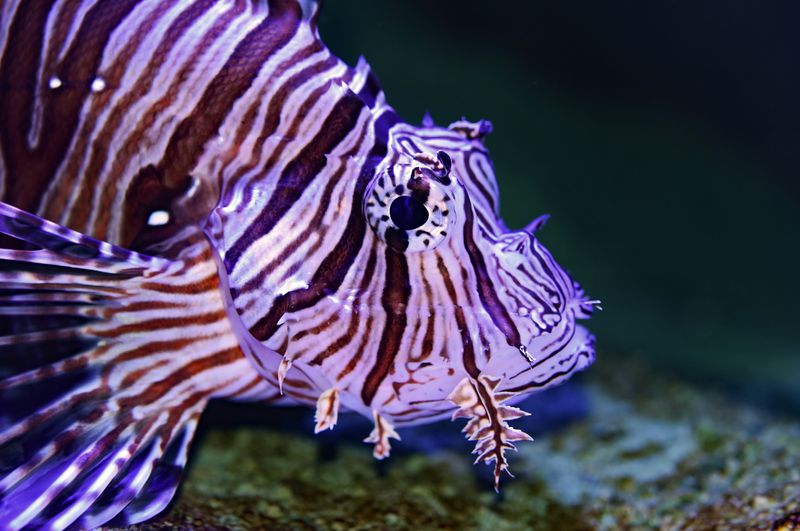 Photo by David Clode on Unsplash
Photo by David Clode on UnsplashIf you live in the U.S., you can report invasive animals to Fish and Wildlife Service and United States Geological Survey for invasive aquatic animals.
Tips on identifying invasive bugs
Use this Animal and Plant Health Inspection Service to get specific details for the U.S. depending on your role, from travelers to gardeners to loggers.
Raise awareness of any invasive species in your area. Tell your friends and neighbors to be on the lookout for dangerous bugs.
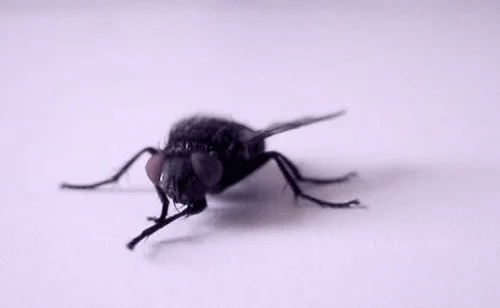
To stop the spread
Clean clothes and boots after traveling. This will also help stop invasive plants from spreading seeds.
Use only local firewood when camping.
Volunteer in your community to help prevent and eradicate infestations.
You've identified an invasive species, now what?
Report it!
Connect with your local, state/regional, or federal agencies to deal with the invasive species. They might use apps, websites, or phone lines so you will need to research who to contact and how regarding invasive species.
Most reporting agencies will want to know:
The GPS coordinates of the sighting
The name of the species
The date it was discovered
Photos of the species
Your name and contact info
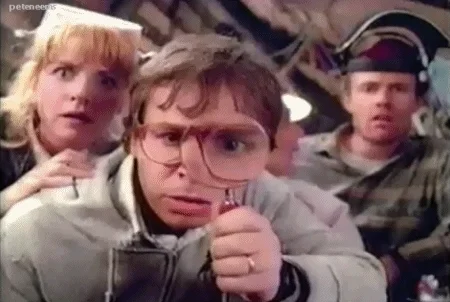
If you've found an invasive species and you live in the US use Pest Tracker to find the authority to contact.
If you live outside the US use Invasive Species Info to find resources & agencies to help.
Take Action
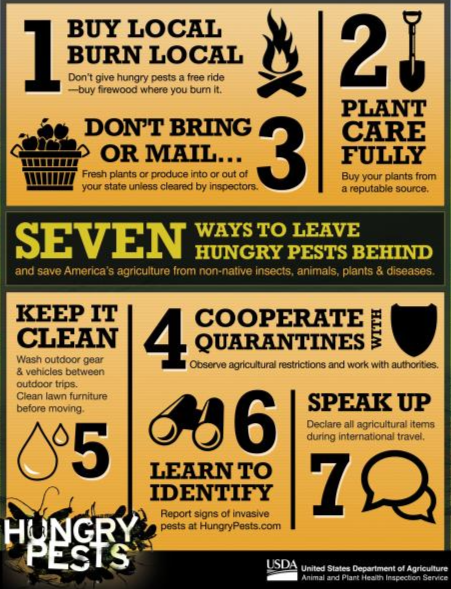 Image from Invasive Species Info. To listen to an audio description of the image above, click play on the audio player below:
Image from Invasive Species Info. To listen to an audio description of the image above, click play on the audio player below:
Your feedback matters to us.
This Byte helped me better understand the topic.
